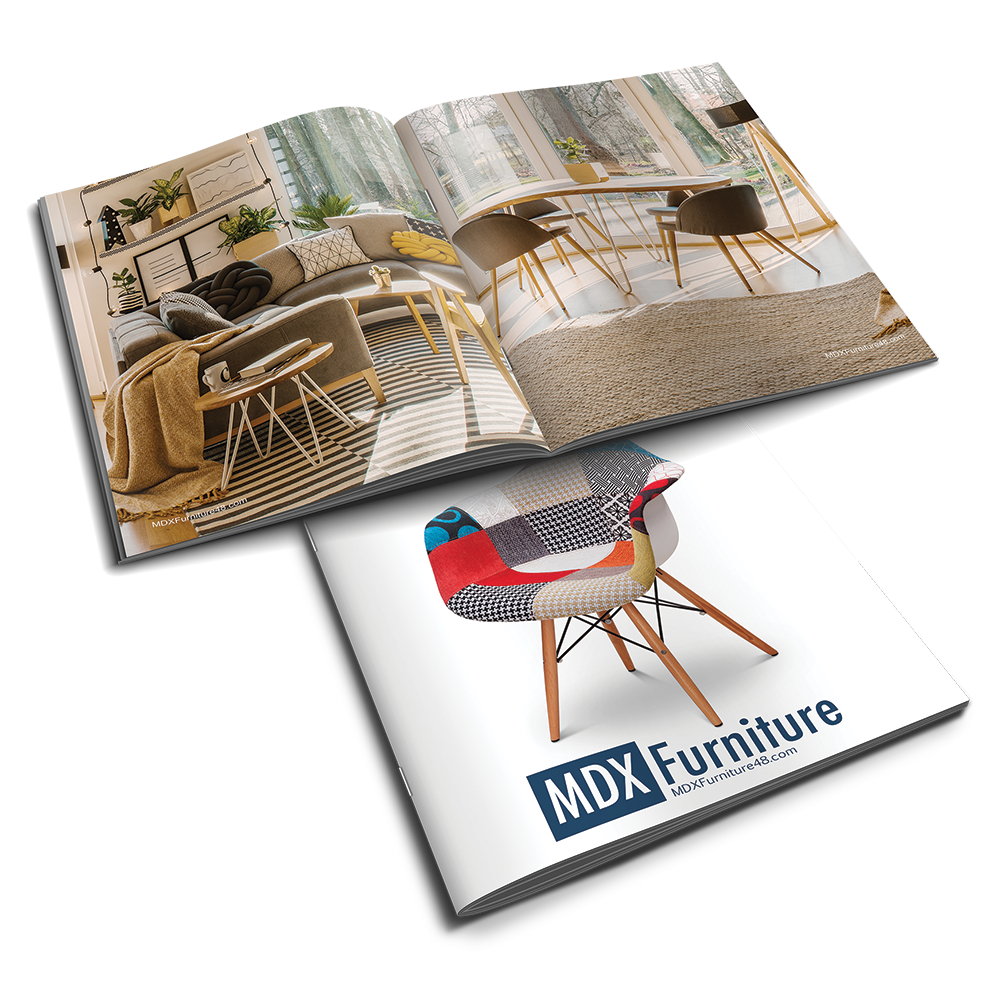In today’s fast-paced digital world, where information is readily available at our fingertips, print materials like booklets and catalogs continue to hold their ground as powerful marketing tools. Booklets and catalogs are versatile, tangible, and engaging mediums that allow businesses to showcase their products, services, and brand identity in a way that captivates their audience. In this comprehensive guide, we’ll delve into the world of booklet and catalog printing, exploring their benefits, design considerations, printing options, and how they contribute to effective marketing and communication strategies.
I. Understanding Booklets and Catalogs
Booklets: Booklets are multi-page printed materials typically folded and stapled along the spine. They come in various sizes, from pocket-sized booklets to larger formats, depending on the intended use. Booklets can be used for a wide range of purposes, such as product catalogs, event programs, company profiles, user manuals, and educational resources.
Catalogs: Catalogs are comprehensive printed materials that showcase a company’s products or services. They contain detailed information about each item, including images, descriptions, specifications, and pricing. Catalogs are valuable assets for retail businesses, wholesalers, and e-commerce platforms to present their offerings to potential customers.
II. The Benefits of Booklet and Catalog Printing
Tangibility and Memorability: Unlike digital content that can be easily forgotten, booklets and catalogs leave a lasting impression on recipients. The tactile experience of flipping through pages enhances the reader’s engagement and memory retention.
Brand Exposure: Well-designed booklets and catalogs provide ample opportunities to reinforce a brand’s identity, incorporating consistent colors, logos, and typography throughout the publication.
Information Depth: Booklets and catalogs allow businesses to provide in-depth information about products, services, or events, making them ideal for complex or technical offerings.
Targeted Marketing: Tailoring the content of a booklet or catalog to specific target audiences enables businesses to create more personalized and relevant marketing materials.
Higher Perceived Value: Professionally printed booklets and catalogs suggest quality and credibility, influencing how customers perceive a company’s products and services.
III. Design Considerations
Clarity and Structure: Organize content in a clear and logical manner. Use headings, subheadings, and bullet points to make information easy to digest.
Eye-Catching Covers: The cover is the first thing recipients see. Design an attractive and compelling cover that entices them to open the booklet or catalog.
High-Quality Images: Use high-resolution images to showcase products or services effectively. Clear, vibrant visuals enhance the overall appeal of the printed material.
Consistent Branding: Maintain consistent branding elements throughout the booklet or catalog, ensuring coherence with other marketing materials.
Call-to-Action (CTA): Include persuasive CTAs to prompt readers to take specific actions, such as visiting a website, contacting the company, or making a purchase.
IV. Printing Options
Paper Selection: Choose the appropriate paper stock that complements the purpose of the booklet or catalog. Glossy paper enhances image vibrancy, while matte paper offers a more elegant and subtle appearance.
Binding Methods: Depending on the number of pages and budget, consider various binding options such as saddle-stitching, perfect binding, spiral binding, or wire-O binding.
Finishing Options: Add finishing touches like spot UV coating, embossing, or foil stamping to elevate the visual impact and perceived value of the printed material.
Quantity and Distribution: Determine the desired quantity based on your marketing strategy. Consider the distribution channels, whether it’s direct mail, events, or handouts.
V. Environmental Considerations
As businesses increasingly embrace sustainability practices, it’s essential to consider eco-friendly printing options for booklets and catalogs. Opt for recycled paper and environmentally friendly inks to reduce the environmental impact of your print materials. Communicate your commitment to sustainability within the booklet or catalog, aligning with the values of environmentally-conscious customers.
VI. Integrating Digital and Print
While printed booklets and catalogs remain valuable assets, it’s essential to integrate them with digital marketing efforts. Include QR codes or URLs that lead readers to additional online resources or interactive content. This synergy between print and digital strengthens engagement and increases the chances of conversion.
Conclusion
Booklet and catalog printing continue to be vital components of successful marketing and communication strategies. Their tangible nature, combined with well-thought-out designs and high-quality printing, provides businesses with a unique opportunity to showcase their offerings and make a lasting impact on their target audience. By combining traditional print methods with digital elements, companies can create seamless and immersive experiences that drive brand awareness, engagement, and growth in today’s dynamic business landscape. As businesses evolve, embracing sustainability practices in printing further enhances their brand’s reputation and strengthens their connection with environmentally-conscious consumers. In a world of rapid technological advancements, the enduring power of booklets and catalogs is a testament to the enduring appeal of tangible and beautifully crafted print materials.
